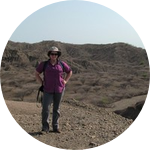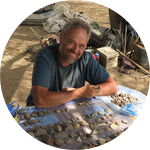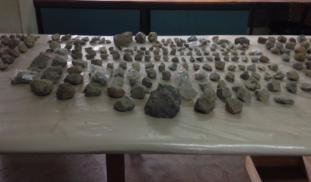Please wait...
About This Project
Humans are the only known species that shape tools from stone. I study the evolution of stone tool-making in the Early Pleistocene archaeological record of Kenya. I will create and analyze experimental stone tool collections to understand how these archaeological artifacts were made. These experimental data will serve as a comparison to the archaeological artifacts, providing insight into how the ancient tools were shaped by our human ancestors.






